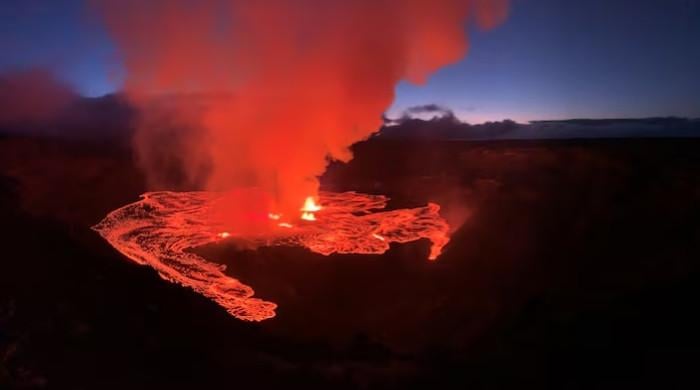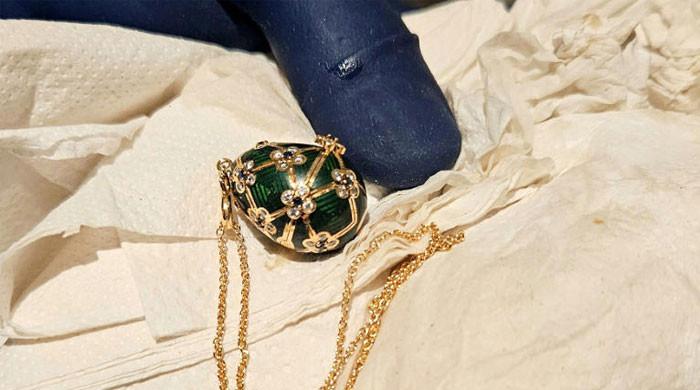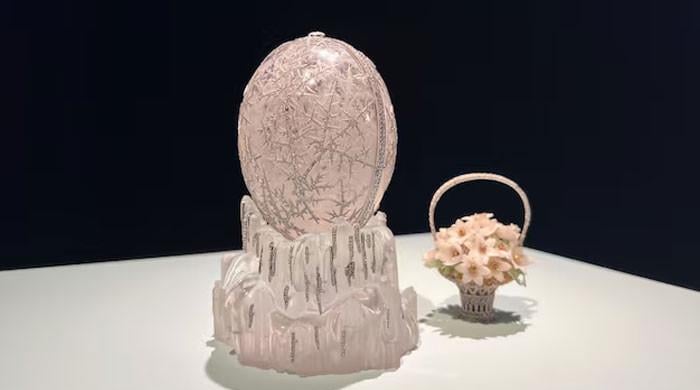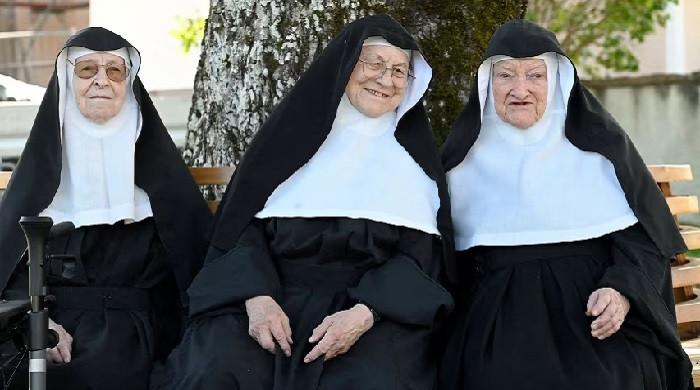Weird Mongolian dinosaur wielded 'big, sharp and nasty' claws
Duonychus tsogtbaatari measured about 10ft and lived roughly 90 to 95 million years ago during Cretaceous Period
March 26, 2025
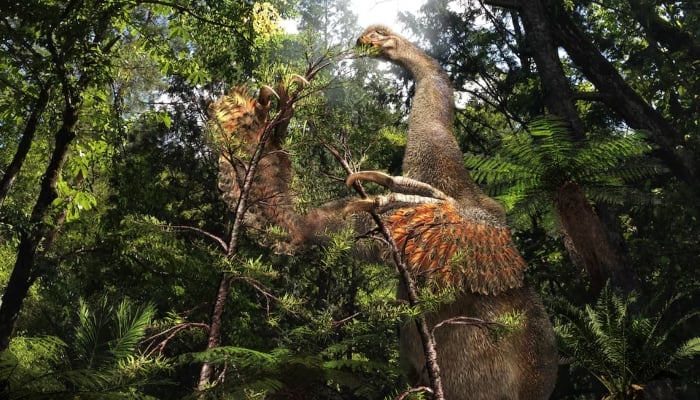
Fossils unearthed during construction of a water pipeline in the Gobi Desert of Mongolia have revealed one of the oddest members of a rather strange group of dinosaurs, a creature whose two-fingered hands sport a pair of menacing curved claws.
The dinosaur, named Duonychus tsogtbaatari, measured about 10 feet (three metres) long, weighed approximately 260 kilogrammes and lived roughly 90 to 95 million years ago during the Cretaceous Period, researchers said. Its claws measured about a foot long.
Duonychus was a medium-sized member of a group of awkward-looking dinosaurs called therizinosaurs, which were known for having a rotund torso, long neck, small head, bipedal stance, feathers on the body and massive claws on the hands.
While they were part of the dinosaur clade called theropods that included all the meat-eaters such as Tyrannosaurus and Spinosaurus, therizinosaurs preferred plants on their menu.
Therizinosaurs, which inhabited Asia and North America, are distinguished by their large claws. Until now, every known therizinosaur had three clawed fingers. But Duonychus possessed one fewer, making it fitting that its name means "two claw."
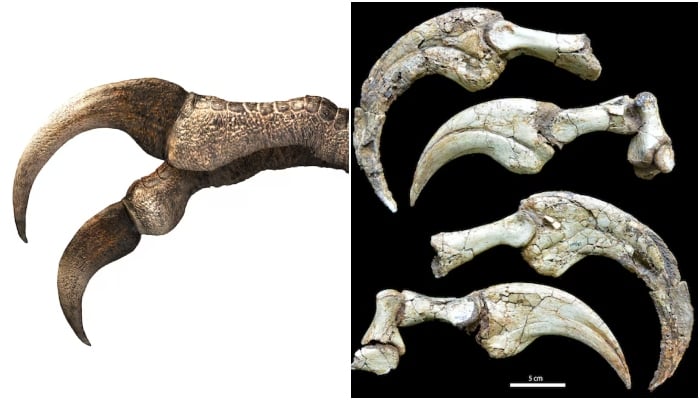
"Therizinosaurs are some of the weirdest dinosaurs ever. They were theropods — so, related to meat-eaters — but they looked like giant feathered sloths," said paleontologist Yoshitsugu Kobayashi of Hokkaido University Museum in Japan, lead author of the research published on Tuesday in the journal iScience.
"Duonychus takes that weirdness even further. It had this short, two-fingered hand with claws like a raptor (swift, meat-eating dinosaurs), but it used them to eat plants. It's like evolution said, 'Let's try something totally new.' And it worked," Kobayashi said.
The researchers said this Duonychus individual was not fully grown. It roamed a semi-arid environment with river channels alongside other therizinosaurs, armored dinosaurs, horned dinosaurs, duck-billed dinosaurs and a smaller forerunner of Tyrannosaurus called Alectrosaurus.
While the skeleton recovered was incomplete — for instance, missing its skull and legs — the arms and hands were well-preserved.
One of the claws retained its outer covering — a sheath of keratin, the same material as in our fingernails — rather than just the underlying bone. The keratin sheath added more than 40% to the claw's length.
"These were big, sharp and nasty claws," said paleontologist and study co-author Darla Zelenitsky of the University of Calgary in Canada.
"That's incredibly rare," Kobayashi said of the keratin fossilisation, "and it gives us an extraordinary window into how these dinosaurs actually used their hands in life. The hands are beautifully preserved and show a tonne of detail, including fused wrist bones, stiff joints and the two massive claws."
The claws may have served multiple functions, though primarily used for grabbing and pulling down branches to feed on leaves.




